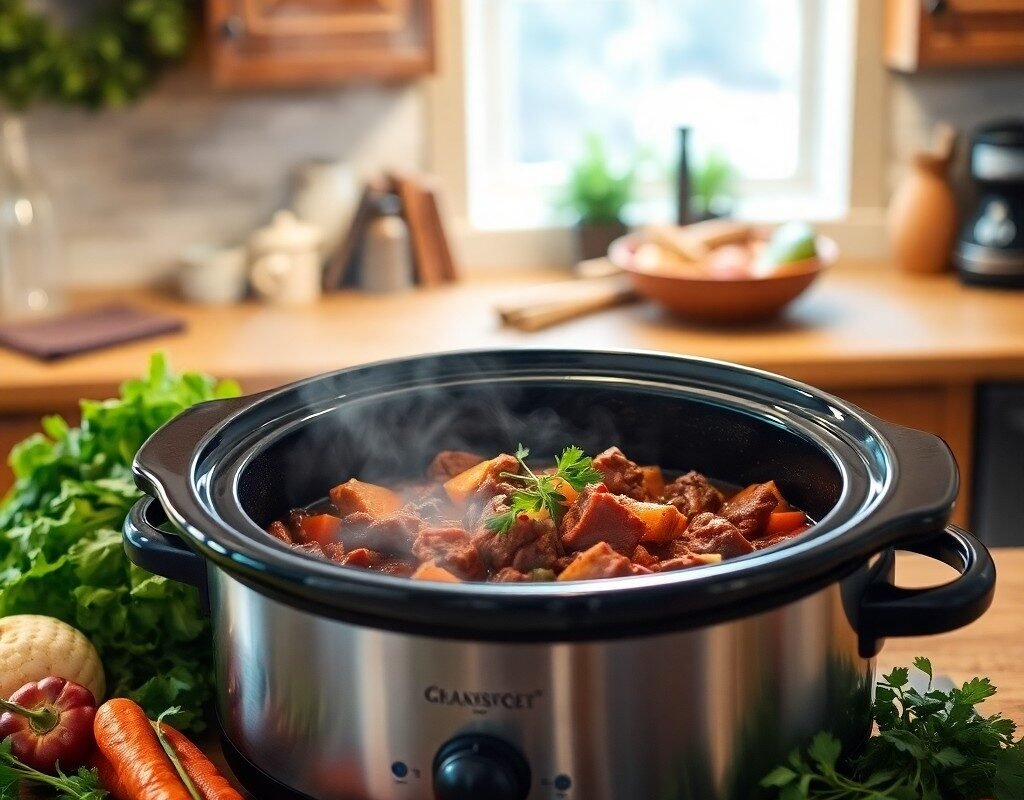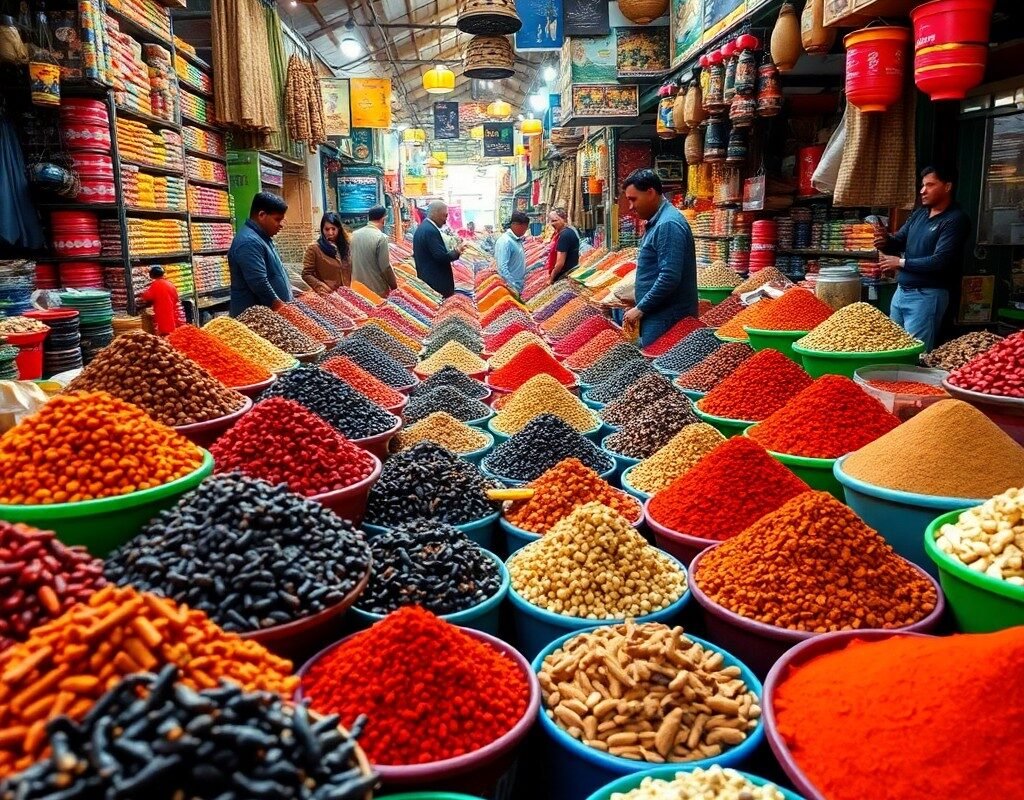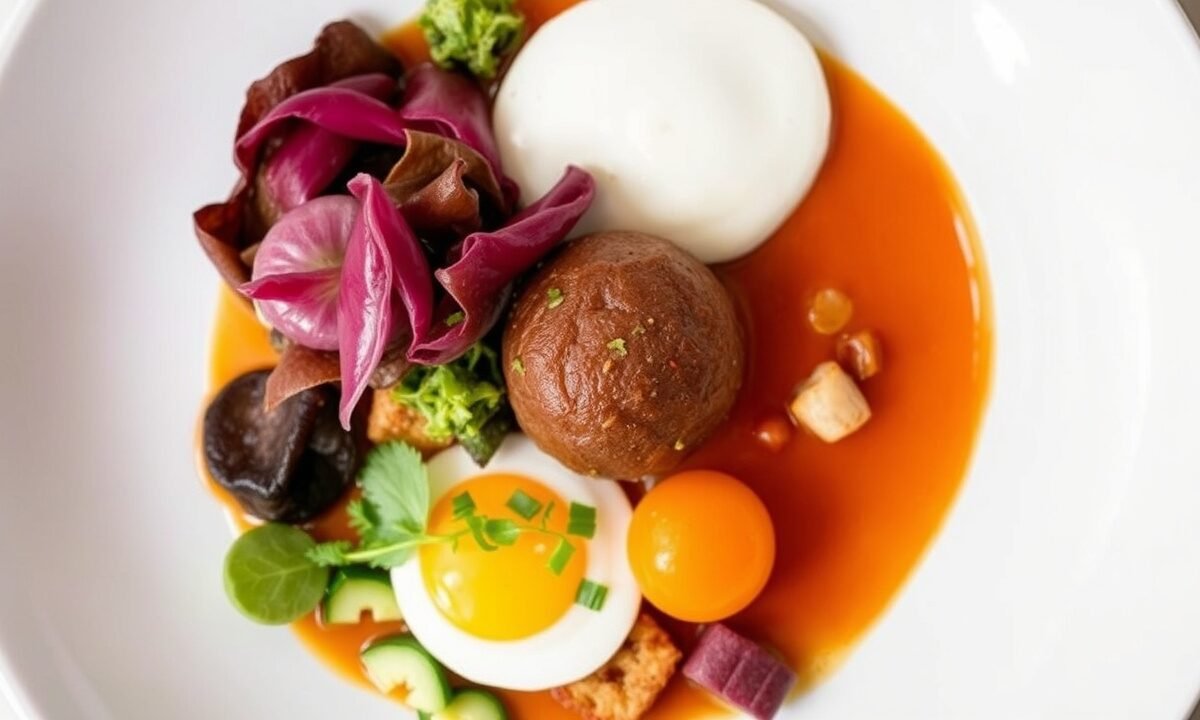Introduction
Food is more than just sustenance; it is an expression of culture, history, and identity. Throughout human history, culinary traditions have evolved, often influenced by geography, migration, trade, and cultural exchanges. At the heart of this evolution lies the concept of culinary crossroads—places where diverse cultures intersect, leading to the fusion of flavors, techniques, and ingredients that create unique and vibrant dishes. In this blog post, we will explore some of the most significant culinary crossroads around the world, examining how they have shaped the cuisines we know today and celebrating the rich tapestry of flavors that emerge from these intersections.
The Historical Context of Culinary Crossroads
Culinary crossroads have existed for centuries, often emerging in regions where trade routes converged or where different cultures came into contact. These intersections have served as melting pots for culinary ideas, allowing chefs and home cooks to experiment with new ingredients and techniques that would not have been possible in isolation.
Historically, trade routes such as the Silk Road and maritime pathways facilitated the exchange of not only goods but also culinary knowledge. Spices, grains, and other ingredients traveled vast distances, influencing regional cuisines and leading to the creation of hybrid dishes that reflect a blend of cultural influences.
As people migrated for various reasons—whether for trade, war, or exploration—they brought their culinary traditions with them. The interaction between different cultures often resulted in innovative cooking styles and unique flavor profiles. Today, many of the world’s most beloved dishes can trace their roots back to these culinary crossroads, showcasing the power of food to transcend boundaries and bring people together.
The Mediterranean: A Culinary Melting Pot
One of the most notable culinary crossroads in history is the Mediterranean region. This area, bordered by Europe, Asia, and Africa, has been a hub of trade and cultural exchange for centuries. The Mediterranean Sea facilitated maritime trade routes that allowed for the exchange of spices, grains, fruits, and vegetables, resulting in a vibrant culinary landscape.
Mediterranean cuisine is characterized by its emphasis on fresh ingredients, bold flavors, and healthy cooking techniques. Staples such as olive oil, garlic, tomatoes, and herbs define the cuisine, while dishes like hummus, paella, and moussaka highlight the region’s diverse influences. The interplay between different cultures—such as Greek, Italian, Turkish, and North African—has led to a rich tapestry of flavors that continue to evolve today.
For example, the use of spices in Mediterranean cooking was greatly influenced by the Arab presence in Spain during the Middle Ages. Dishes like paella reflect this blending of cultures, combining saffron—a spice with roots in Asia—with local seafood and rice. Similarly, Greek cuisine showcases elements from both Middle Eastern and European traditions, resulting in dishes that are both familiar and exotic.
The Americas: A Fusion of Flavors
The Americas represent another significant culinary crossroads where diverse cultures have mingled to create a unique gastronomic landscape. Indigenous peoples have inhabited the Americas for thousands of years, developing rich culinary traditions based on native ingredients such as corn, beans, squash, and chili peppers.
With the arrival of European colonizers in the 15th century, new ingredients such as wheat, dairy products, and livestock were introduced to the Americas. This fusion of indigenous and European influences laid the groundwork for iconic dishes that define American cuisine today.
In regions like Mexico, we see a vibrant blend of indigenous Mesoamerican ingredients with Spanish influences. Tacos, tamales, and mole are examples of how these culinary traditions have intertwined to create a distinct and flavorful cuisine. Similarly, in Brazil, the melding of African, Portuguese, and indigenous influences has given rise to dishes like feijoada—a hearty black bean stew—showcasing the rich diversity of flavors found in this vast country.
The United States is also a prime example of culinary crossroads. As immigrants from around the world settled in various regions, they brought their culinary traditions with them. Cities like New York and Chicago have become melting pots where different cuisines coexist and evolve. The phenomenon of fusion cuisine—where chefs creatively combine elements from diverse culinary traditions—has gained popularity in recent years, reflecting the ongoing evolution of American cuisine.
Asia: A Tapestry of Diverse Influences
Asia is home to some of the world’s most diverse culinary traditions, each with its own unique flavors and techniques. The continent’s vastness and cultural richness have made it a true culinary crossroads over millennia. From India to China to Japan, each region boasts its own distinct cuisine shaped by geography, climate, and historical influences.
In South Asia, Indian cuisine stands out for its complex use of spices and flavor combinations. The Silk Road facilitated trade between India and other regions, introducing ingredients like saffron and cumin to Indian kitchens. Dishes such as biryani—a fragrant rice dish layered with spiced meat or vegetables—reflect this blend of influences.
Moving eastward to China, we find an equally rich tapestry of flavors influenced by regional ingredients and cooking techniques. Chinese cuisine varies greatly across regions; for instance, Sichuan cuisine is known for its bold use of chili peppers and Sichuan peppercorns to create spicy dishes with unique flavor profiles. The introduction of Buddhist vegetarian traditions also played a role in shaping Chinese cuisine over time.
Japan represents another fascinating culinary crossroads where indigenous ingredients are combined with influences from neighboring countries. The introduction of rice cultivation from China had a profound impact on Japanese cuisine. Over centuries, Japanese chefs have mastered techniques such as sushi-making—an art form that beautifully showcases fresh fish and vinegared rice.
The Caribbean: A Flavorful Fusion
The Caribbean islands are often celebrated for their vibrant cultures and rich history. This region is a testament to the idea that food can tell a story about migration, colonization, and cultural exchange. The Caribbean’s culinary landscape reflects a fusion of indigenous Taíno ingredients with elements brought by European colonizers and enslaved Africans.
Dishes like jerk chicken—a spicy grilled meat dish—highlight the influence of African cooking techniques while incorporating local spices like allspice and Scotch bonnet peppers. Similarly, rice and peas—a staple dish made with rice cooked in coconut milk—is a reflection of both African and Asian influences on Caribbean cuisine.
Seafood plays a vital role in Caribbean cooking due to its proximity to the ocean. Fresh fish is often prepared using local spices and herbs to create flavorful dishes that celebrate the region’s natural bounty. The use of tropical fruits such as mangoes, pineapple, and guava further adds depth to Caribbean cuisine.
As tourism flourished in recent decades, Caribbean chefs have embraced their multicultural heritage while also experimenting with new flavors and techniques. The result is a dynamic culinary scene that celebrates tradition while embracing innovation.
Culinary Crossroads in Contemporary Cuisine
In today’s globalized world, culinary crossroads continue to thrive as chefs and home cooks draw inspiration from diverse cultures. The rise of fusion cuisine has opened doors for creative experimentation that blends traditional techniques with modern interpretations.
Restaurants around the world are increasingly embracing diversity by incorporating different culinary influences into their menus. This trend not only reflects changing consumer tastes but also highlights the importance of understanding food as a medium for cultural expression.
Social media platforms have further accelerated this trend by allowing chefs to share their culinary creations with audiences worldwide. Food bloggers and influencers are showcasing fusion dishes that combine flavors from different cuisines—think Korean tacos or sushi burritos—sparking conversations about cultural appropriation versus appreciation.
Moreover, food festivals celebrating multiculturalism have gained popularity globally. These events provide opportunities for chefs from various backgrounds to showcase their dishes while fostering cross-cultural understanding through food.
Conclusion
Culinary crossroads are at the heart of our shared human experience—a testament to how food can bridge divides and celebrate diversity. As we explore these intersections throughout history—from the Mediterranean to Asia to the Americas—we uncover stories that remind us of our interconnectedness.
At every fork in the road lies an opportunity for discovery—a chance to explore new flavors while appreciating the rich tapestry woven by different cultural influences. By embracing these culinary crossroads in our own kitchens or experiences at restaurants around us, we honor not only delicious food but also every story behind it.
So whether you’re savoring paella on a sunny Mediterranean terrace or indulging in spicy jerk chicken on a Caribbean beach—the next time you enjoy a meal at these culinary crossroads—remember that you’re not just tasting flavors; you’re partaking in a journey through history itself!




